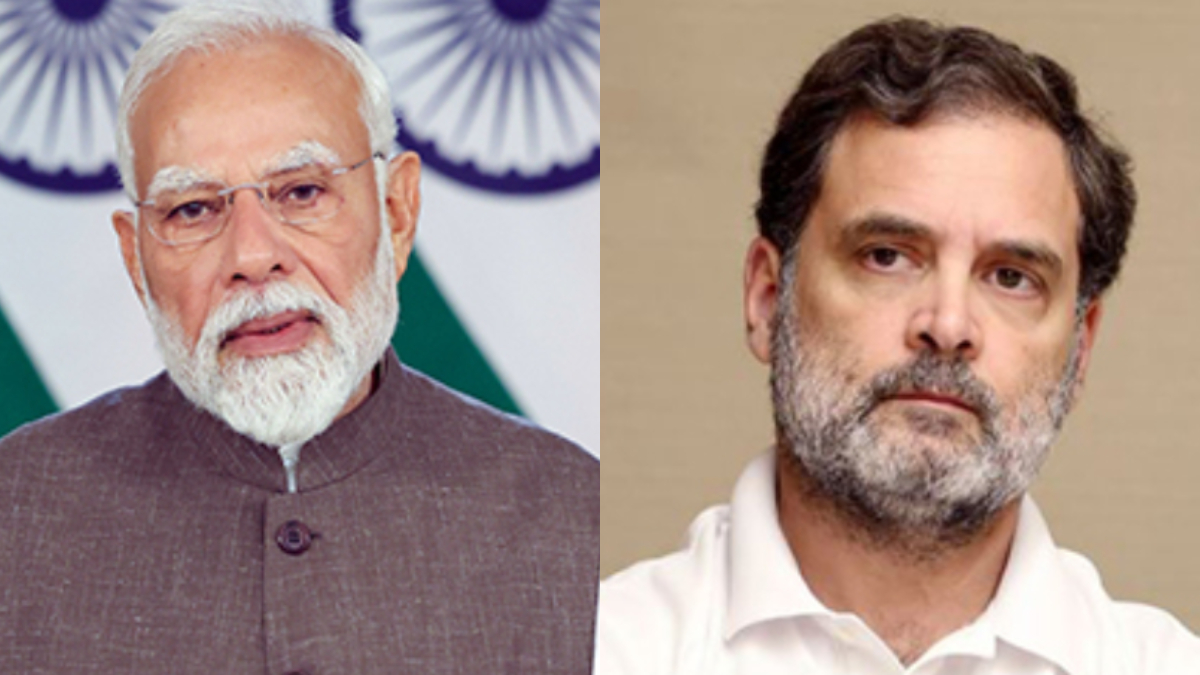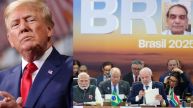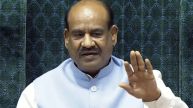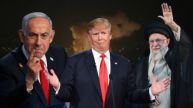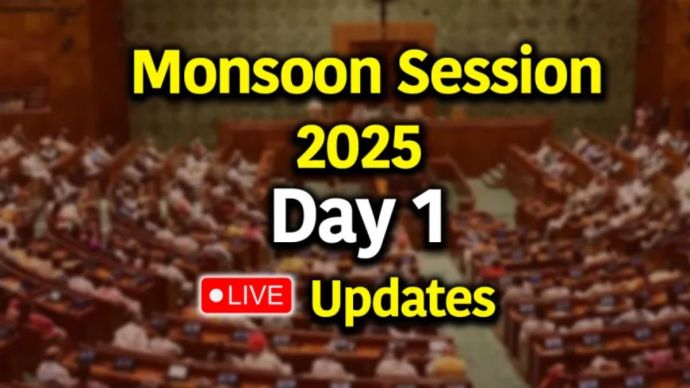K V Prasad
Predictions of an impending storm hitting the Monsoon session of Parliament, which gets underway on Monday, is an oft-used term. If one flips through the pages of newspapers during the past three decades, this has been the most preferred headline before the start of any session.
Fast-forward to the current scenario, and gathering clouds over the BJP-led NDA Government. The combined Opposition went into a huddle on Saturday and identified a string of issues to be raised during the July 21-August 21 session.
It is the primary task of the opposition to address issues with which it is concerned and to hold the government accountable for its actions. Between the end of the Budget session in April and now, much water has flowed down even a relatively dry river Yamuna.
Topping the ‘to-do’ list prepared by the Opposition is the demand for an elaborate discussion on Operation Sindoor. Remember, the combined opposition wrote a letter demanding a special session to discuss the four-day war. The government then pointed to the upcoming Monsoon session as an opportunity to do so.
The action against terrorists behind the April 22 Pahalgam killings, the reality behind the continuous claims by United States President Donald Trump of playing the mediator, despite strong refutation from the government, are some of the top-of-the-drawer subjects. In addition, there are a host of issues flagged through which the opposition hopes to corner the government, including on the Special Intensive Revision of electoral rolls in Bihar, an exercise which could be replicated nationwide.
Wither Opposition unity
Just hours before 24 parties attended the Indian National Developmental Inclusive Alliance (INDIA) huddle in a virtual format, came an announcement from the Aam Aadmi Party (AAP) formally renouncing its association. The INDIA platform, formed before the 2024 Lok Sabha elections, was no longer the vehicle it was. The AAP declared that by contesting by-elections in Gujarat and Punjab separately, the party made its intention clear to carve its independent and distinct path.
The move can also be seen as a precursor to the AAP Convenor Arvind Kejriwal re-carving a national role for himself and possibly becoming a Rajya Sabha member from Punjab. Congress is in the opposition in Punjab, while in Delhi, the Congress contested the assembly elections without any alliance with AAP, as it did during the Lok Sabha elections.
The political contradiction does not end with AAP. In West Bengal, the Trinamool Congress faced the Congress-Left parties alliance in elections, while in Kerala, the CPI (M)-led Left Democratic Front is being challenged by the Congress-led United Democratic Front. Earlier this month, Rahul Gandhi’s remark equating the RSS and the CPI (M) did not go down well with the latter.
Contrary to the political prognosis by pundits that the NDA government was vulnerable, dependent as it is on the crucial support of two key allies, the Janata Dal (United) and the Telugu Desam Party, it is the combined opposition camp that is showing signs of distress. There are enough intra-party contradictions in the opposition camp, which began to surface during the last winter session. Year.
Congress strategy undertones
With the Grand Old Party acquiring the status of principal party in the opposition and reclaiming the Leader of the Opposition status in the Lok Sabha after a decade, the Congress is out to demonstrate it has enough firepower to attack the government led by Prime Minister Narendra Modi.
Since the winter session, parliamentary party leaders of the Trinamool Congress and the AAP drew distance both from the strategy and the issues the Indian National Congress wanted to take up. There was a reluctance over the approach of stalling the proceedings of Parliament, a tactic that prevents the opposition from taking up issues of concern and making an effective intervention. Forcing adjournments, these leaders argued, helped the government avoid discussion on responding to questions on decisions.
Taking into account the resistance from within the I.N.D.I. Alliance, the Congress eventually shifted its protests outside the House while the TMC and Samajwadi Party stayed away on one occasion. Then, on some issues, party MPs in the opposition did not join the Congress as its members staged walk-outs.
One grouse is that there have been far and few meetings of the opposition alliance and the absence of any formal structure to coordinate. In such a
scenario, parties on the platform prefer to take up issues based on their priorities. At times, closing ranks on an issue finding resonance in the states, these parties had a strong base.
Is there a way forward ?
At present, the BJP-led government has emerged stronger over the last year. After coming down from the high perch last June with a reduced majority, the Modi Government bounced back with back-to-back victories in Haryana, Maharashtra, and Delhi. The Congress conceded its leadership space by its inability to wrest the right to govern in Haryana and Maharashtra, where it had a stronger presence.
The list of issues highlighted after the Saturday meeting will offer an opportunity for the opposition to get its act together and take on the government in a coordinated manner in Parliament. Will it happen? That will be at play during the 21 sittings the Lok Sabha and the Rajya Sabha will have during the next five weeks, with a break in between.
After the customary pre-session meet, the government emphasised it would accommodate the opposition and even discuss Operation Sindoor with the caveat of being under the Rules. The Minister stressed the imperative of coordination between the Government and the Opposition for the smooth functioning of Parliament. Of course, there is an adage which states that while the Opposition can have its say, the Government will have its way. Over to the Monsoon session.
